Willow Tree Growing: Learn How To Grow A Willow Tree
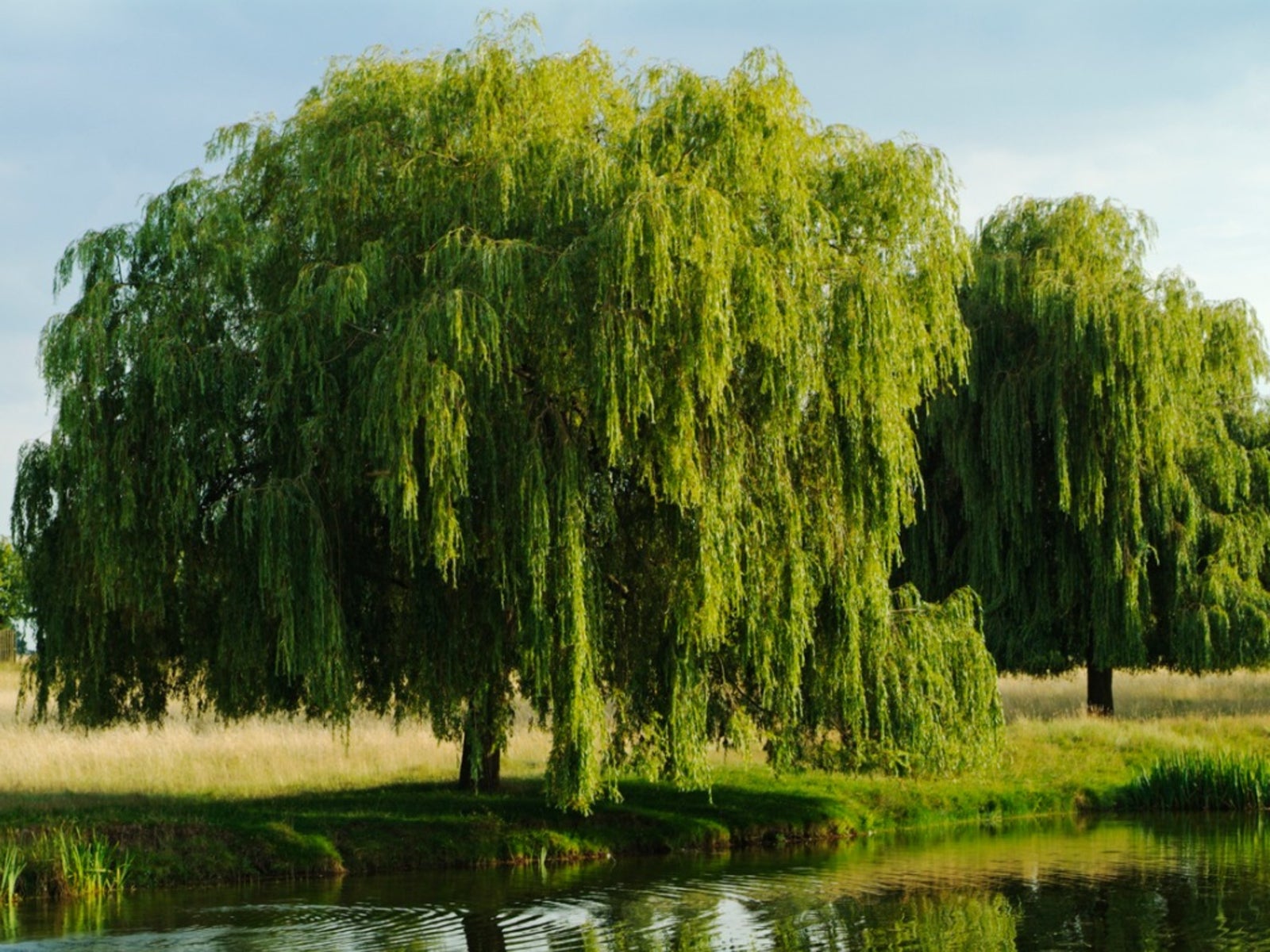

Willow trees are suitable for moist sites in full sun. They perform well in almost any climate, but the limbs and stems are not strong and may bend and break in storms. There are many types of willow trees for the home landscape. Learn how to grow a willow tree for a fast growing, easy-to-care for screen or specimen tree.
Types of Willow Trees
There are tree and shrub willows, all of which are characterized by their love for moist soil and their rangy, sometimes invasive root systems. You may even find a willow tree growing at the edge of a stream or river. Weeping and pussy willows are probably two of the better-known types of willow trees, but there are many others.
- Weeping willows - Weeping willows have graceful arching stems that dangle delicately and shiver in the breeze.
- Pussy willows - Pussy willows put on a spring display of fuzzy buds that are charming and reminiscent of childhood.
- Gold or White willows - Golden and white willows are introduced species from Europe and often used as screens and part of shelterbelts.
- Black willows - Black willows are native to parts of North America and common along waterways.
- Corkscrew willows - Corkscrew willows have attractive decorative stems, which spiral appealingly and provide interest in winter.
How to Grow a Willow Tree
You can grow a willow tree from cuttings. Take a cutting from a live terminal branch that is 18 inches (46 cm.) long. Insert the cut end into moist soil in a pot with good drainage or straight into garden soil. Keep it moderately moist until the cutting roots. A more common method of willow tree growing is from bare root trees that are at least one year old. These need to have the roots soaked in a bucket before planting and soil worked to twice the depth and diameter of the root spread. Push soil in and around the roots when planting willow trees, and water the soil in well. Thereafter, follow good willow tree care for a fast growing tree or shrub.
Planting Willow Trees
Consider carefully where you plant your tree or shrub. Not all types of willow tree are invasive, but many are and you do not want their root system all over your planting bed. Provide a collar around young trees to protect them from wildlife. Young trees are especially susceptible to the nibbling of deer, elk, and even rabbits. They need to be kept quite moist but not soggy as the roots establish.
Willow Tree Care
Willow trees are easy to grow and require moderate care. Prune young trees to keep lower limbs up for easier maintenance. Otherwise, willows do not need trimming and only removal of old and dead wood is required, though many people prefer to keep pussy willows trimmed. Willows flourish in moist, organic-rich soils. If your soil is poor and has limited nutrients, work in compost at the time of planting and fertilize with an all-purpose plant food in early spring. Water willows in periods of drought and watch for pests and disease. Willows are not bothered by many problems but it is easier to nip them in the bud at the first sign rather than wait until the plant's health is compromised.
Gardening tips, videos, info and more delivered right to your inbox!
Sign up for the Gardening Know How newsletter today and receive a free copy of our e-book "How to Grow Delicious Tomatoes".

Bonnie Grant is a professional landscaper with a Certification in Urban Gardening. She has been gardening and writing for 15 years. A former professional chef, she has a passion for edible landscaping.
-
 4 Superfast Composting Methods: Turn Waste Into Garden Gold In 30 Days Or Less
4 Superfast Composting Methods: Turn Waste Into Garden Gold In 30 Days Or LessTry the fastest composting methods to turbocharge your pile and transform kitchen scraps and garden waste into finished compost in just a few weeks.
By Mary Ellen Ellis
-
 Best Spider Plant Soil – Complete Soil Guide And Expert Tips For Keeping Plants Happy
Best Spider Plant Soil – Complete Soil Guide And Expert Tips For Keeping Plants HappySpider plants are fun and easy plants to grow, but what is the best soil for a spider plant? Selecting the right soil is important so they can thrive.
By Bonnie L. Grant
-
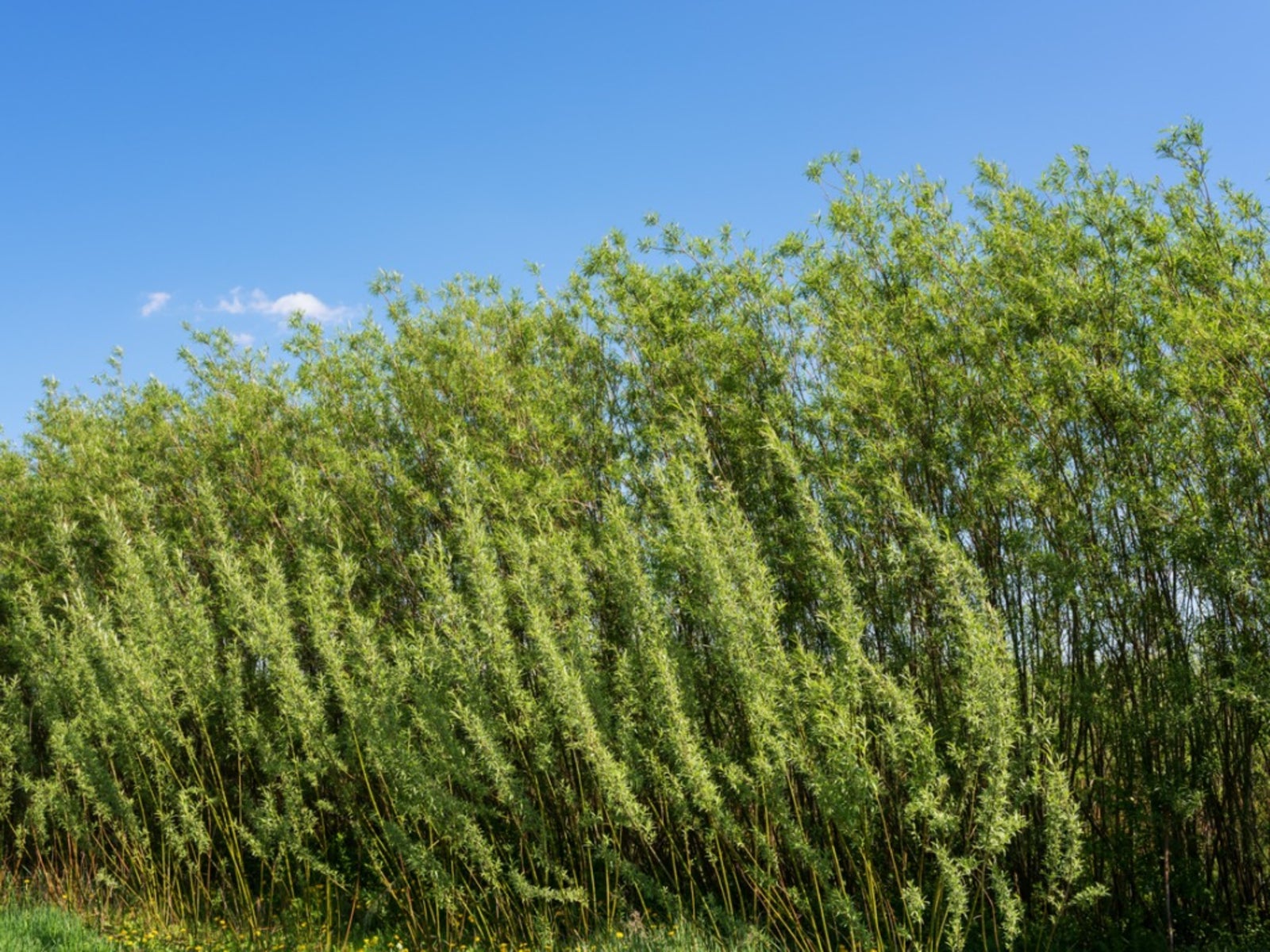 Living Willow Fence Ideas - Tips For Growing A Living Willow Fence
Living Willow Fence Ideas - Tips For Growing A Living Willow FenceCreating a living willow fence is an easy, inexpensive way to screen a view or divide garden areas. Read on to learn more.
By Susan Albert
-
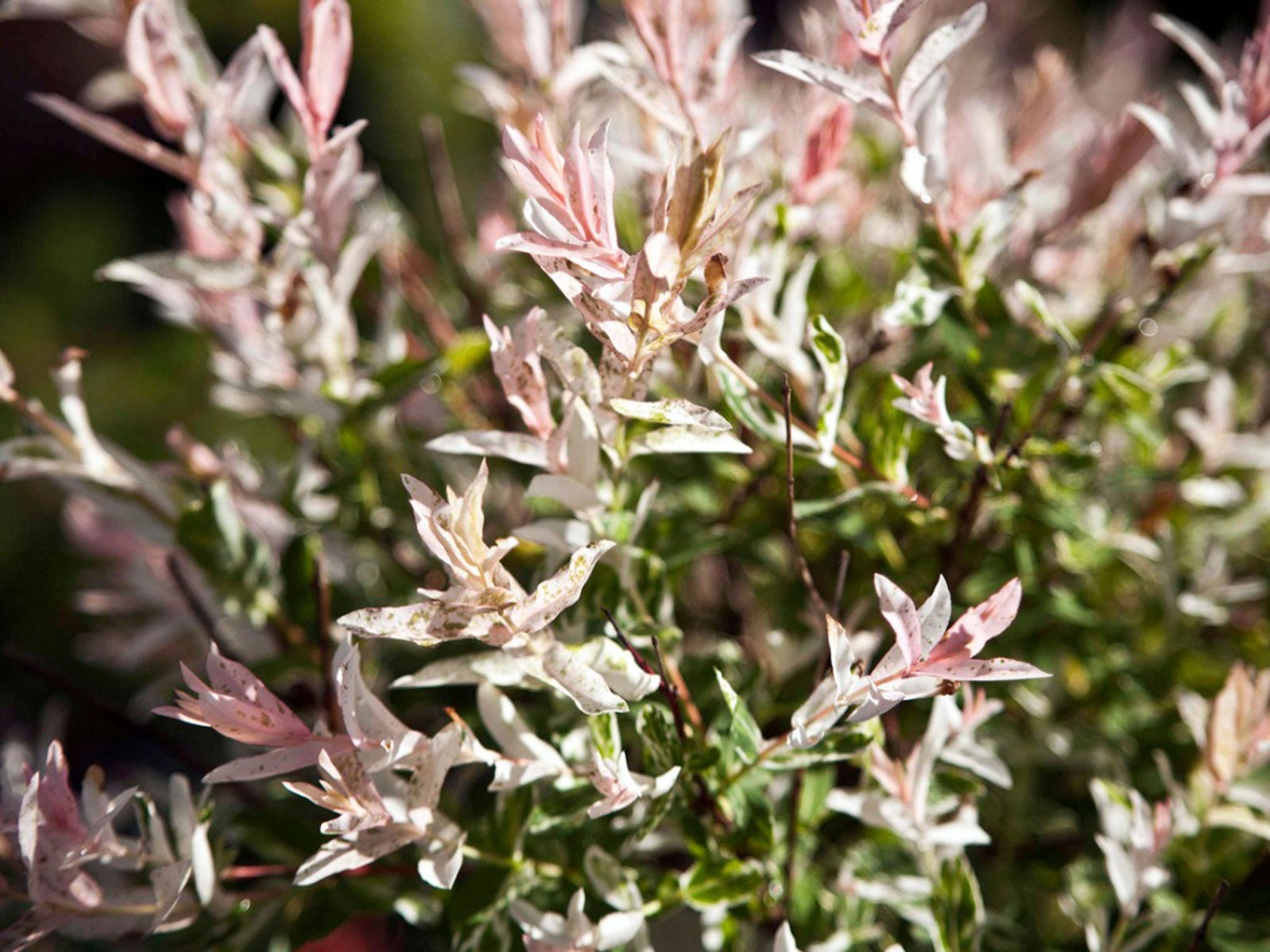 What’s Wrong With My Dappled Willow: Common Dappled Willow Problems
What’s Wrong With My Dappled Willow: Common Dappled Willow ProblemsDappled willow is one of the smaller members of the willow family. Although undemanding, it will occasionally see problems. Learn about them here.
By Teo Spengler
-
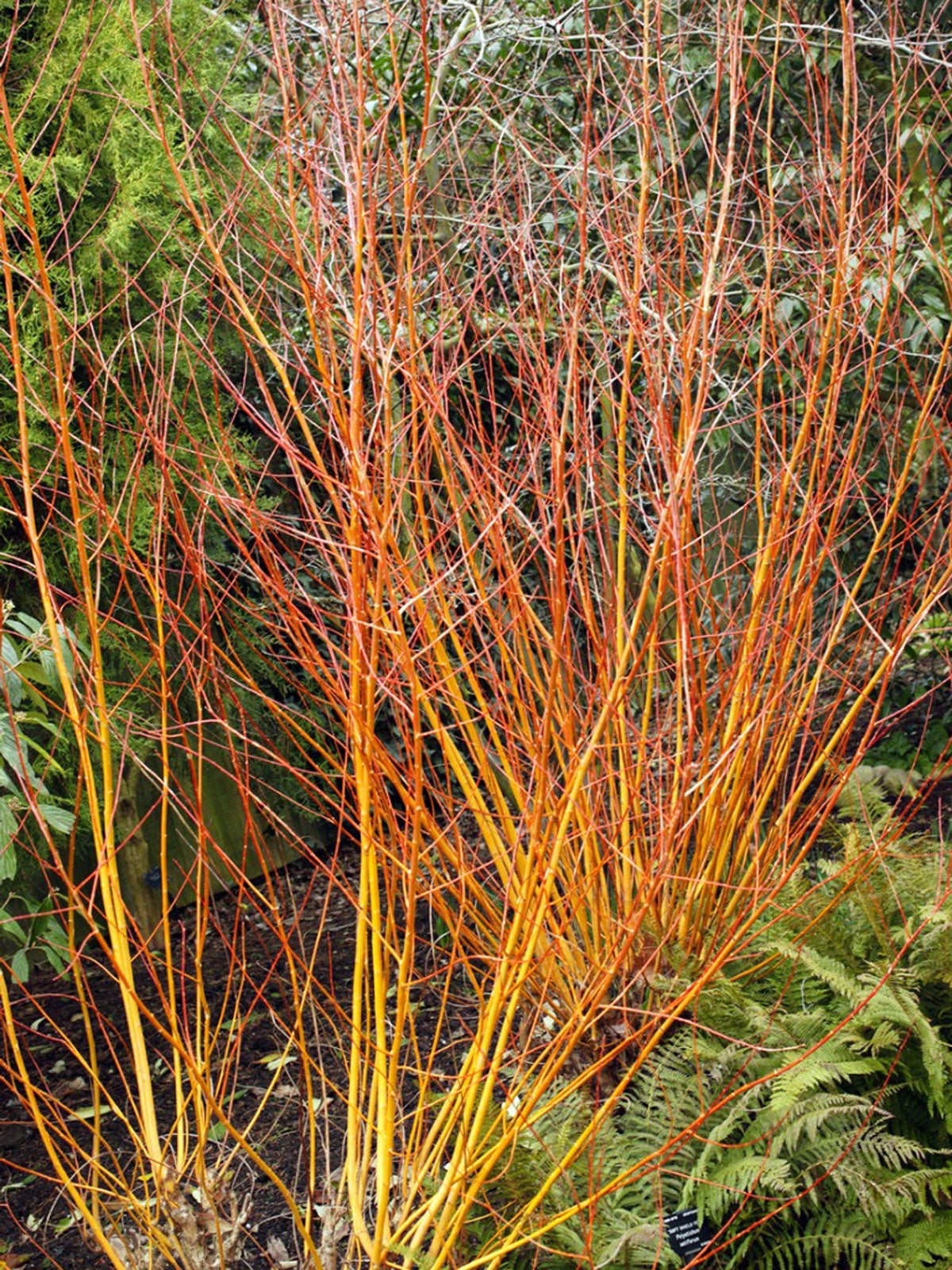 Coral Bark Willow Care – What Is A Coral Bark Willow Tree
Coral Bark Willow Care – What Is A Coral Bark Willow TreeFor lovely winter interest and nice summer foliage, you can’t go wrong with coral bark willow shrubs. Click here for tips on coral bark willow care.
By Teo Spengler
-
Peachleaf Willow Facts – Peachleaf Willow Identification And More
Few trees are easier to grow than native willows. Peachleaf willow trees are no exception. It’s not hard to identify peachleaf willows since they have leaves that look similar to the foliage of peach trees. Click here for peachleaf willow facts that describe this native tree.
By Teo Spengler
-
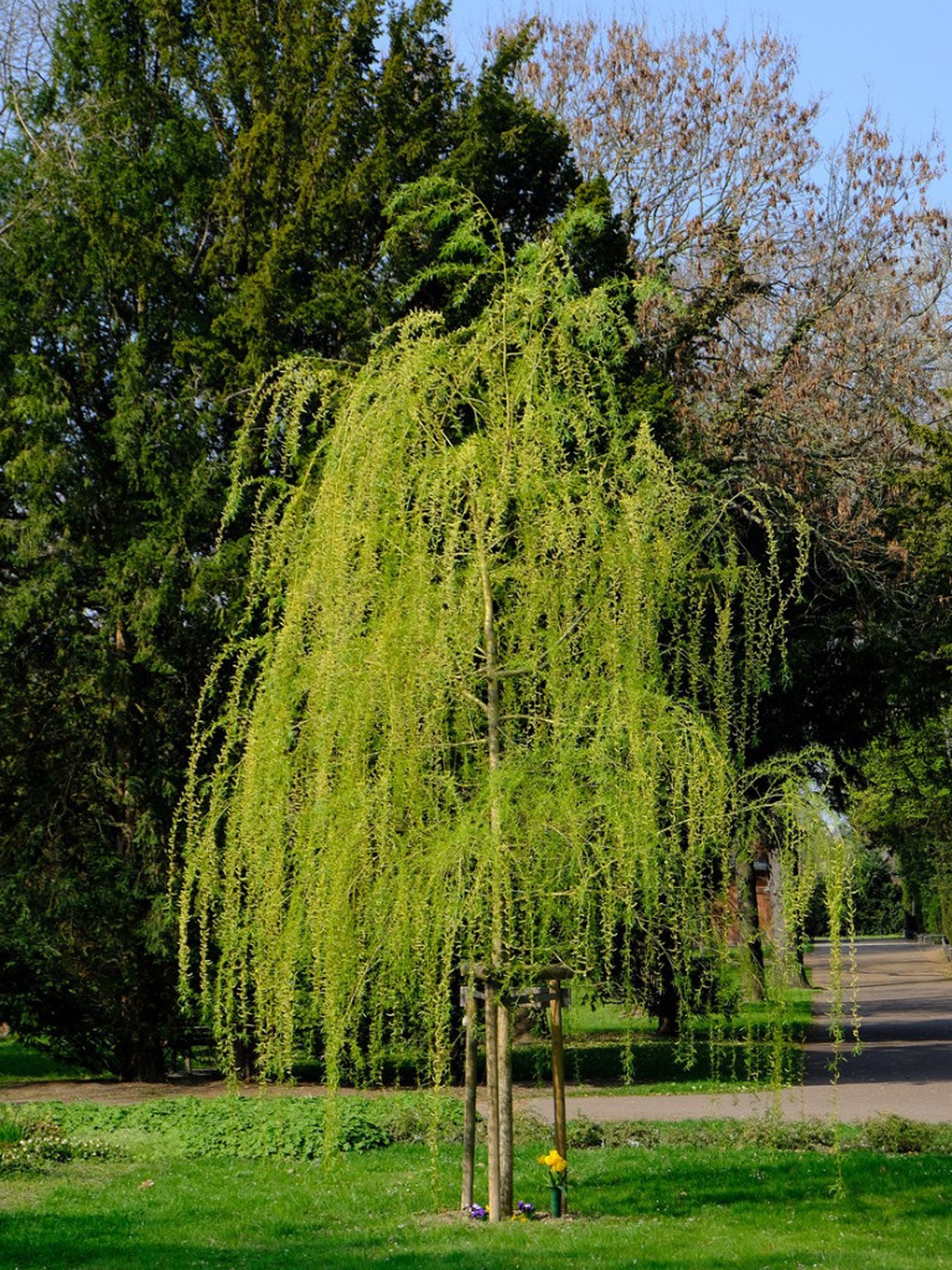 Willow Varieties – Types Of Willow Trees To Grow In The Landscape
Willow Varieties – Types Of Willow Trees To Grow In The LandscapeIf you are curious about which willow varieties might work well in your yard or garden, you’ll need to start by figuring out how much room you have and what growing conditions you can offer. Click here for an overview of popular varieties of willows.
By Teo Spengler
-
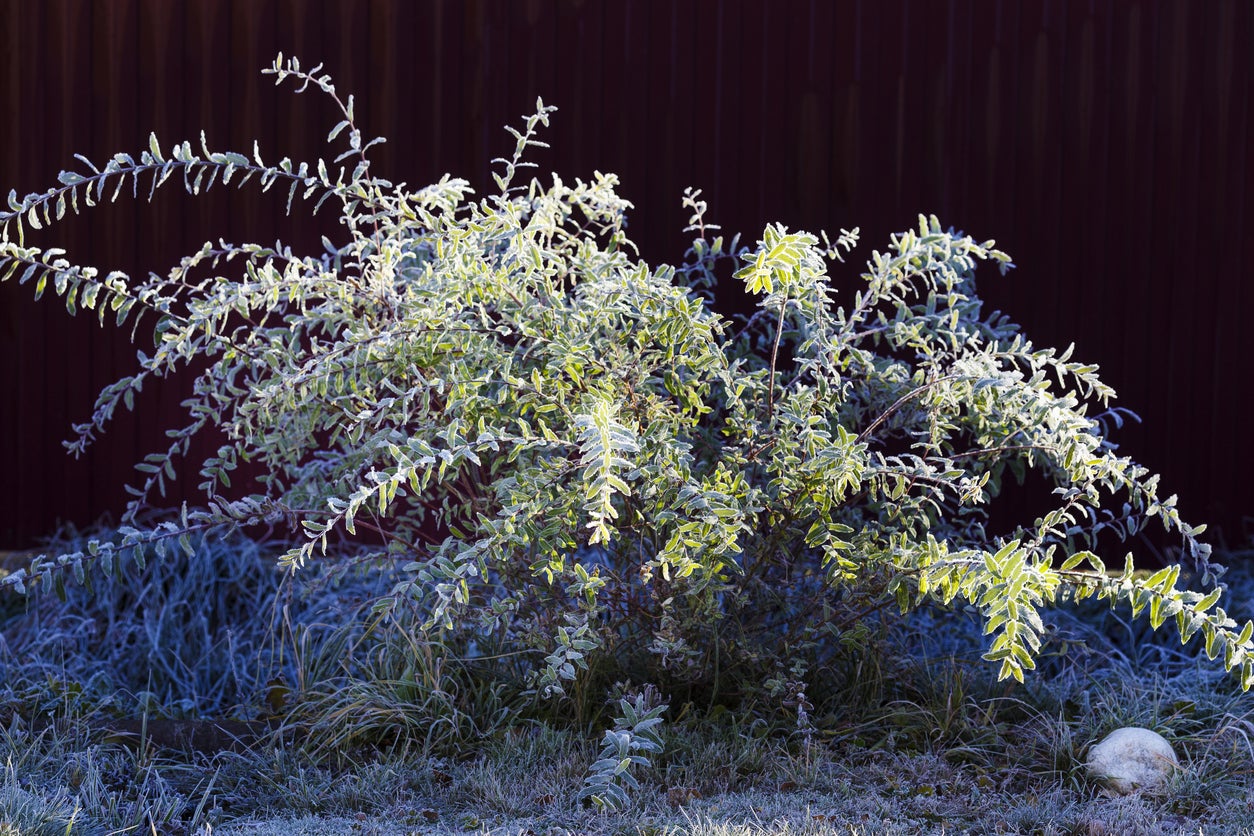 Pruning A Dappled Willow – How To Prune Dappled Willow Shrubs
Pruning A Dappled Willow – How To Prune Dappled Willow ShrubsThe dappled willow is a popular ornamental tree with a graceful weeping habit. Since this tree grows quickly, pruning a dappled willow is always an important part of the maintenance. Click here for information on dappled willow pruning.
By Teo Spengler
-
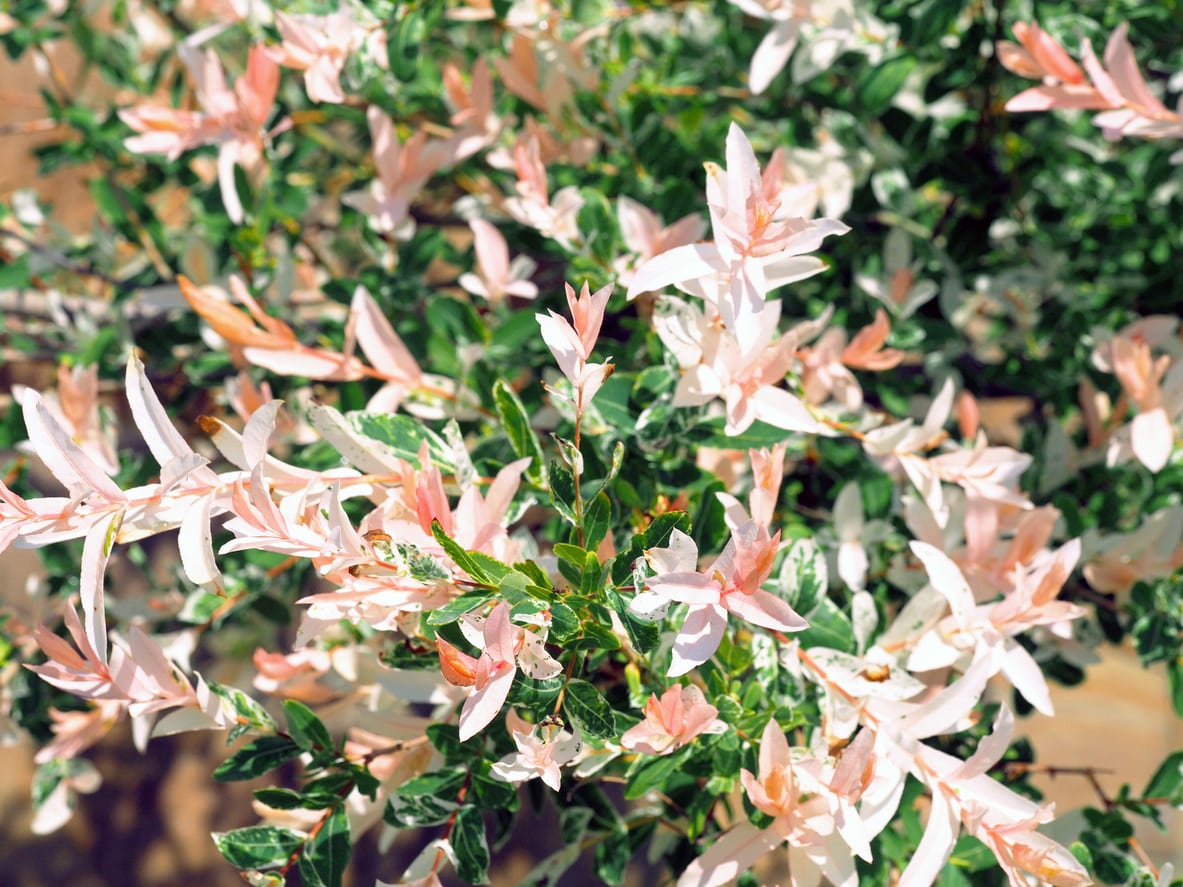 Japanese Willow Pruning – How To Cut Back A Japanese Willow Tree
Japanese Willow Pruning – How To Cut Back A Japanese Willow TreeLike most willows, Japanese willow trees grow extremely fast. Trimming Japanese willows is a chore you may have to do several times a year to keep the shape and size in check. Click this article to learn how to prune Japanese willows.
By Darcy Larum
-
 What Are Willow Galls: Learn About Galls On Willow Trees
What Are Willow Galls: Learn About Galls On Willow TreesWillow tree galls are unusual growths that appear on willow trees. You may see different varieties on leaves, shoots, and roots. The galls are caused by sawflies and other pests as well as bacteria and can look quite different depending on the pest causing them. Learn more here.
By Teo Spengler